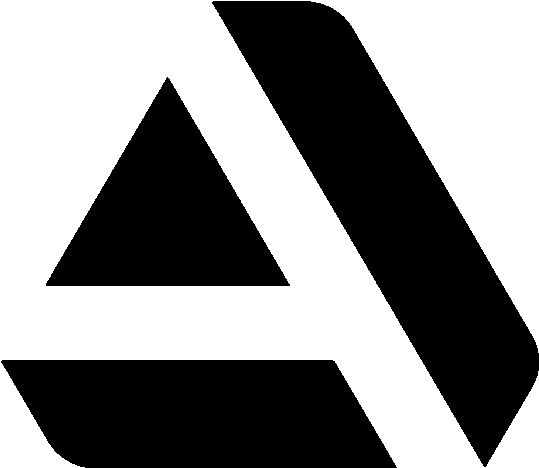App Concept: PillPal
An app to help you stay on track.
Our Goal 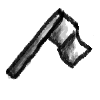
The aim of this project was to create a prototype for an app that would act as a personal medical companion. PillPal would allow you to set reminders to take your medicine, keep track of your health status, and keep you in contact with doctors and caretakers. My partners, Julie Chau, Lu Xia, and I are passionate about the idea of creating an app that may improve quality of life for people in need of consistent medical care. Although there are already many applications in use today that do something similar, we were determined to create a concept that was appealing, competitive, and practical.

UX Research 
Creating an app from scratch requires a lot of data. Our research was very extensive for a project that's only a couple of weeks long. In particular, in our user research we needed answers to these questions:
- Who is our target audience?
- Would they want to use a pill taking app?
- What problems are we trying to solve with the app?
- How can we differentiate ourselves from our competitors?
So we dug right into figuring this stuff out. Conducting interviews, surveys, creating a competitive analysis, and ideating with affinity boards and so on. To start off let's answer the first question, who is our target audience? We went in with the assumption, of course, that people who need to take medicine regularly are our core audience. But we needed to know more about them. So we set out to interview people who rely on medicine daily. Pictured below is a little background on our interviewees.
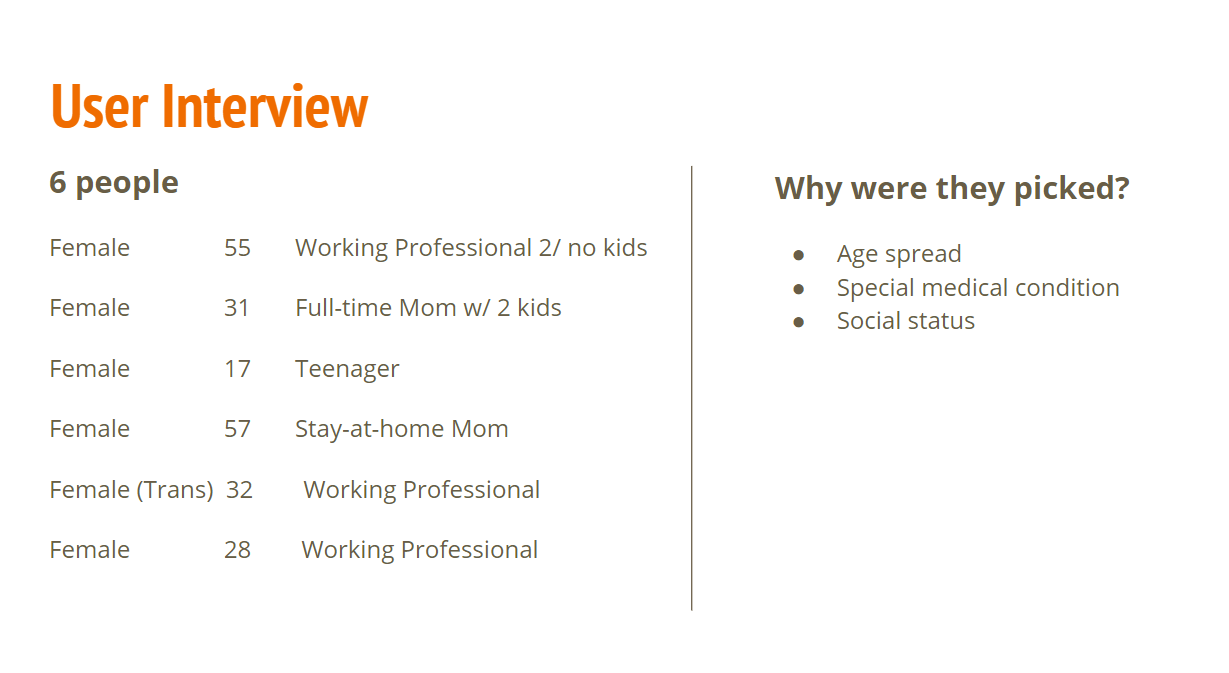
The interviews were really useful, we got a lot of insights from people of different age groups.
But wait, have you noticed something? That's right. There are no men in this list. We tried our
best to find men to interview but
they all turned us down. It was actually hard to get anyone to agree to an interview at all
given how personal the subject matter is. It isn't easy to get people to talk openly about their
medical history. Of course, just because we only got interview data from women does not mean we
were operating under the assumption that only women would want to use this kind of app. (And we
got men in our survey data, so no worries there.)
But it would have been really nice to get a man's perspective going into this.
So at this point we knew a little more about the people we're trying to help, but do
they want our help? Are pill taking apps viable? To answer this, let's turn to some of the data from our survey.
You can see from this survey data that most people remember to take their medicine, however...
The reason why people are able to remember in the first place is because most of them use visual
reminders
to ensure that they don't miss a dose. Of course, thinking ahead we also asked them if they are
currently using an
app to remind themselves, which 18% said they do. So yes, there is certainly a market for pill
reminder apps.
And given that less than 20% of pill takers use them, its safe to assume that there is room for
that market to grow.
But other than reminding people to take their medicine, what other problems can our app assist
with? How can we set ourselves apart from our competitors? Let's take a look
at our empathy map.
So this is the empathy map we created from our user data. Our persona, Shelly, sums up a lot of the problems our users contend with. Not only does Shelly have to worry about her own health, but as a working mother she also has to worry about caring for her children. On top of that, she's very worried about the side effects of her medicine, and is always looking for better treatments wherever possible. So now the real question becomes: "How do we help people like Shelly while also having a competitive niche?" to answer that let's talk about our competitive analysis.
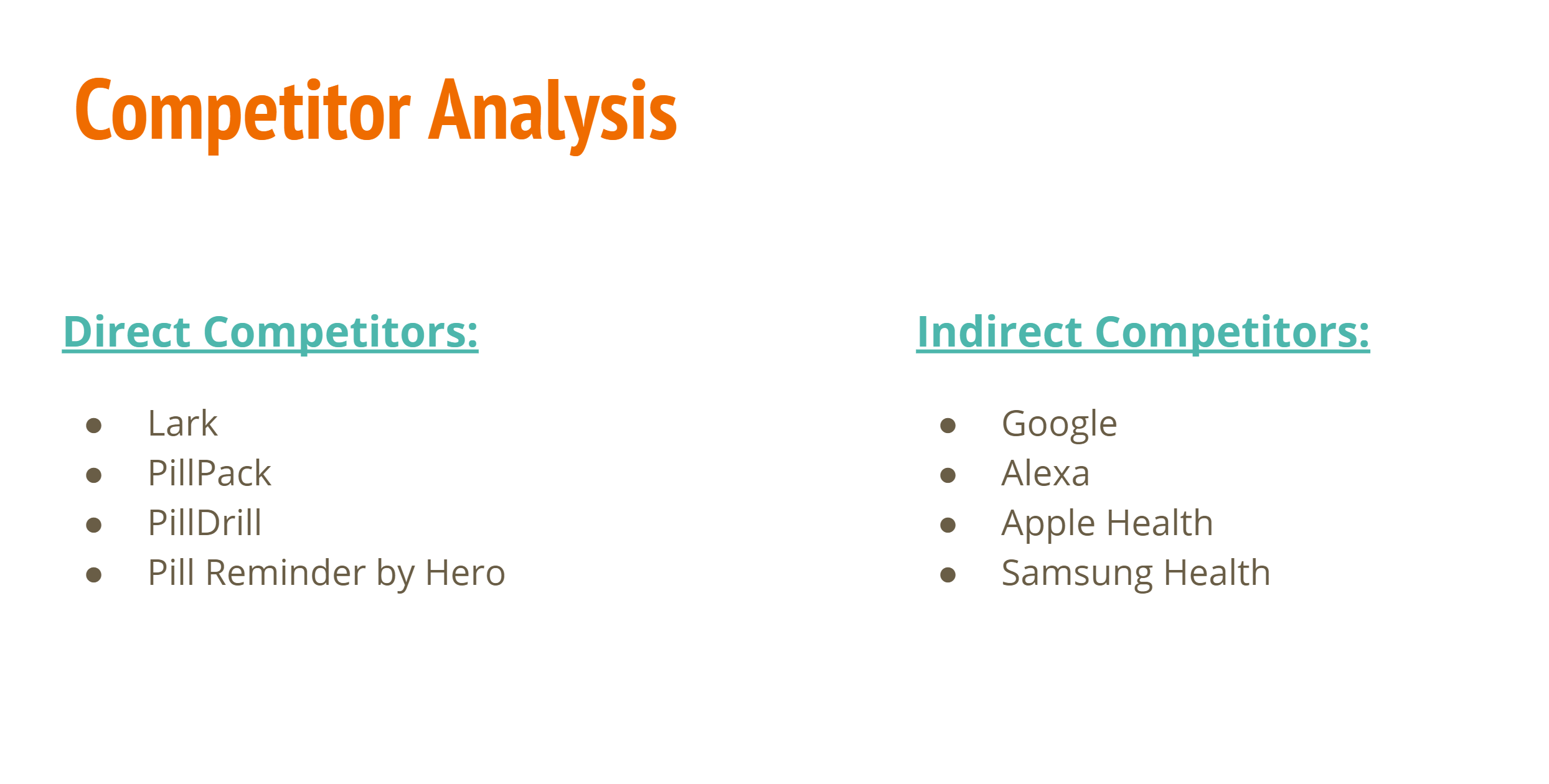
Indirect competitors like Alexa and Google aren't explicitly trying to solve the same problems
we are, but many people use them to set reminders because it's convenient and easy. To be more
viable than them, we would
need more features. Which isn't a big deal since we were going to have multiple features anyway. We are trying to solve more than one problem after all.
Direct competitors like Lark are the real kickers. Lark is basically a personal
health coach in an app.
It not only keeps track of your medicine but it also lets you keep track of everything else
including your weight, your blood pressure, and so on. But lark isn't exactly free. To take
advantage of it you need to pay
a subscription fee. Our app doesn't really need to be just like Lark, since ours is more geared
towards medication. But the idea of a personal health coach is really cool, so we got a few
ideas from it.
With all of this in mind, we finally gave PillPal a proper identity. PillPal needs to be an
affordable app that allows you to keep track of your medicine, connect you to doctors and
caretakers, keep track of your
health status and side effects, and give you information about your medicine as well as possible
alternatives.
Low Fidelity Mockups 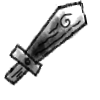
With our research finished we moved on to prototyping. By this point we had specific features we wanted to implement based on our research. Sketches on paper were the best way to start visualizing them.

On this image alone you can see a number of things the app would include. The app would allow you to keep track of what pills you are taking, how many medications you are on, and it will even keep track of how many pills in each bottle you have left. There is also a calender at the top that shows you when to refill your medicine. On the bottom there are 4 tabs, one for your profile, one for your pills, one for the home screen, and one for your mood. The mood tab is part of a feature that allows you to record your current health status and keep a record of it over time.
Here is a very crude thumbnail of what the mood tracking tab would look like. This graph allows you to quickly get an idea of how your health has been recently.
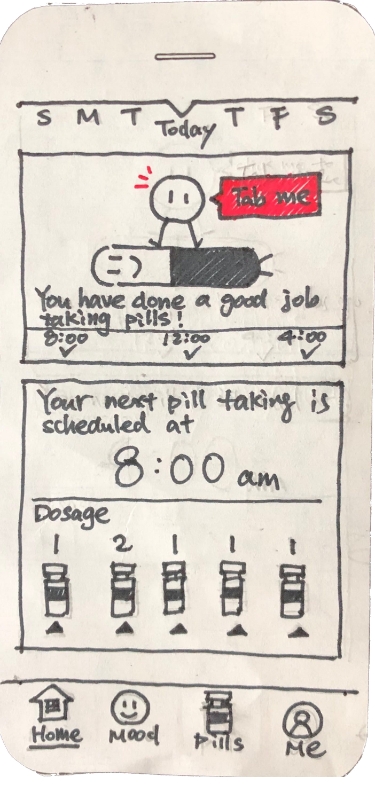
And here is a much nicer drawing of the home screen. It tells you when your next dose is and gives you a preview of the medication you need to take.
High Fidelity Mockups 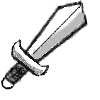
We didn't actually create a low fidelity digital prototype. We had a pretty good idea what we wanted from our sketches and we got lots of feedback from those we've showed it to, so we went straight into higher fidelity for this one.
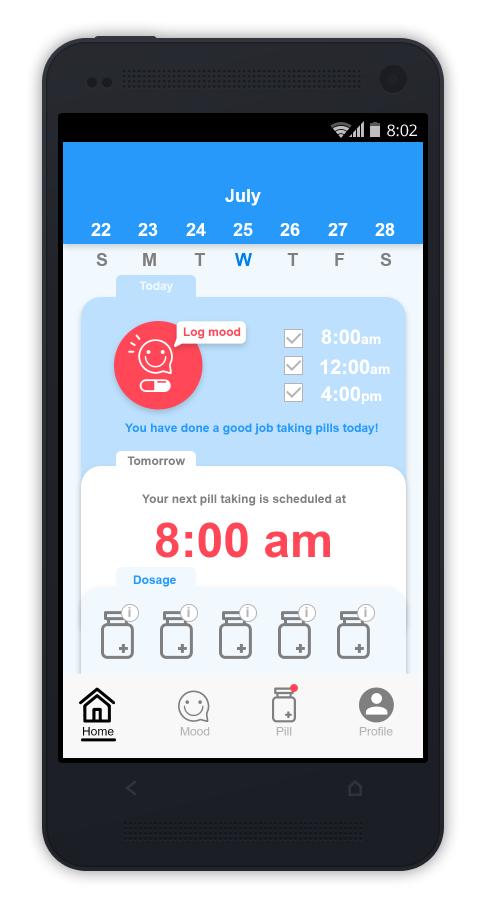

As you can see, not a lot has really changed in terms of overall design since sketching. But of course it is much cleaner. Pictured above is what the "home" and "pill" tabs look like now.
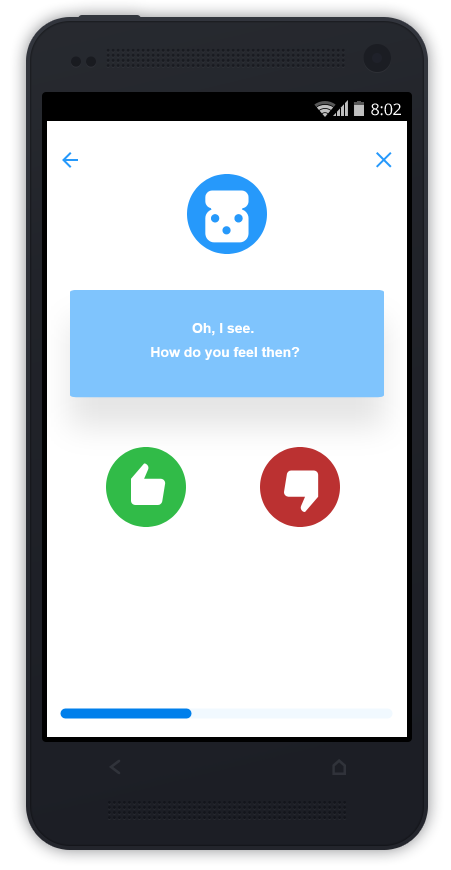
And here you can see the mood tracker, as well as the method we decided to go with to log your mood. It's a short "check-in" survey. If you tell the app you aren't feeling well then it will prompt you to contact your doctor or caretaker. This is something we borrowed from Lark, as we really liked the idea of the app talking to you and asking how you're feeling. After testing this prototype with various users, we got a few tips on how to make it better if it were to be developed further. The UI elements could be a bit larger, the mood tracker could be more detailed, and some of the labeling could be improved as well. But overall our users were impressed with the app and the features that we came up with.
Try It Yourself 
To see everything the prototype has to offer, I highly recommend you try it out for yourself.

